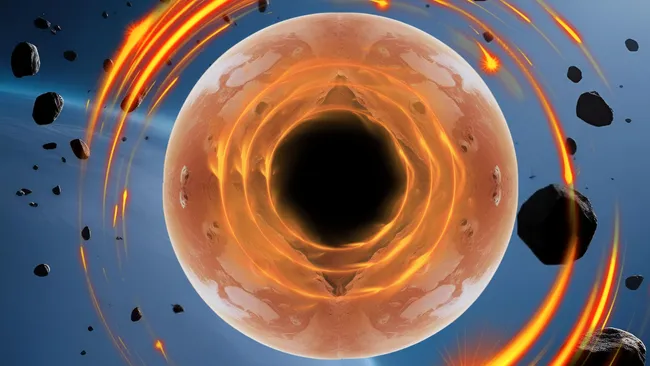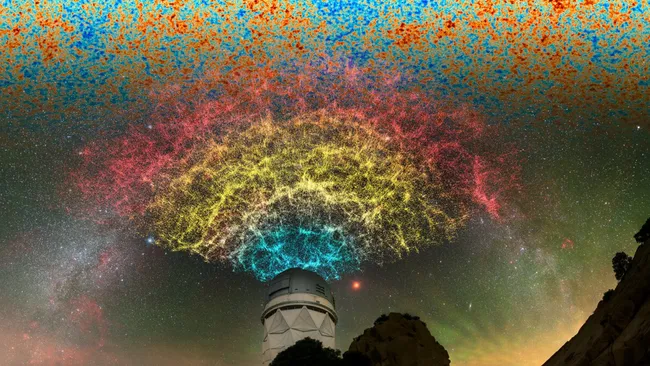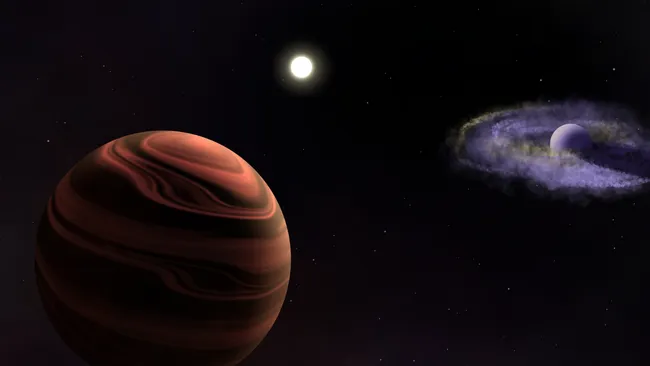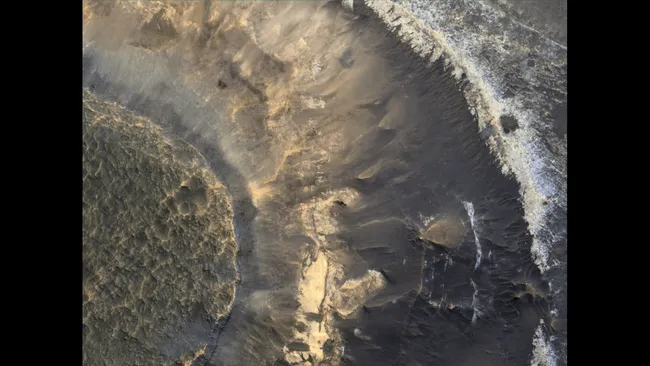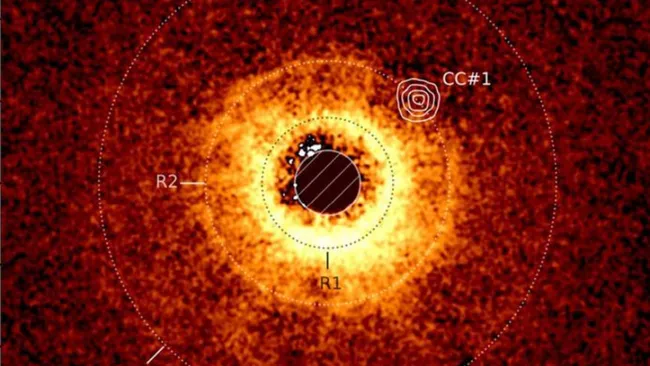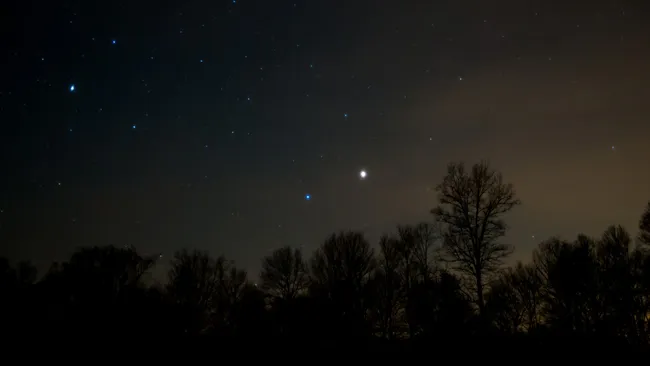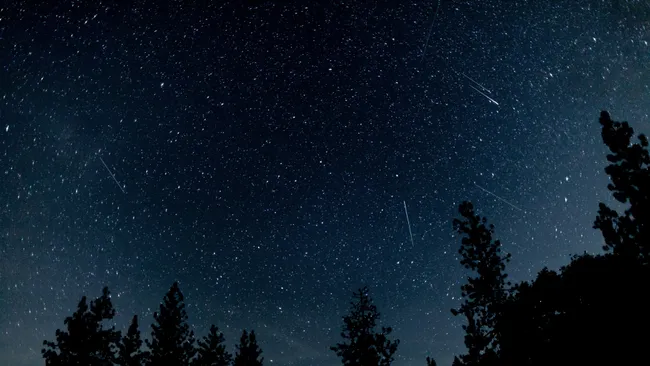A striking new study suggests dark matter could create black holes inside exoplanets, slowly devouring them from within. The research indicates that superheavy dark matter particles might accumulate over long timescales at the cores of giant planets.
In this model, the particles lose energy and drift toward the planetary core, eventually collapsing into black holes. These newly formed black holes would then consume their host planets from the inside.
Not all dark matter models support this process. If dark matter particles annihilate each other upon contact, they couldn’t reach the necessary density to form black holes. This means the scenario depends on non-annihilating and extremely heavy dark matter particles.
“If the dark matter particles are heavy enough and don’t annihilate, they may eventually collapse into a tiny black hole,” said researcher Mehrdad Phoroutan-Mehr of the University of California, Riverside.
This concept differs from typical stellar-mass black holes, which range from three to 100 solar masses and are formed after massive stars collapse. By contrast, planet-eating black holes would be significantly smaller, potentially matching the mass of planets like Jupiter—just 0.001 times that of the Sun.
Phoroutan-Mehr added, “In gaseous exoplanets of different sizes, temperatures, and densities, black holes could form on observable timescales, possibly even multiple times during a planet’s lifetime.”
Detecting such a phenomenon would be groundbreaking. Observing black holes with masses below that of the Sun could provide direct evidence for superheavy non-annihilating dark matter.
The findings also highlight exoplanets as potential dark matter probes. Just as neutron stars may trap dark matter, heating their interiors, exoplanets could show signatures of dark matter collapse or radiation.
“Today’s instruments aren’t sensitive enough to detect these signals,” Phoroutan-Mehr explained. “Future telescopes may finally uncover these hidden processes and help unlock the mystery of dark matter.”
The research was published on August 20 in Physical Review D, marking a new pathway for exploring how dark matter black holes could reshape our understanding of the universe.

